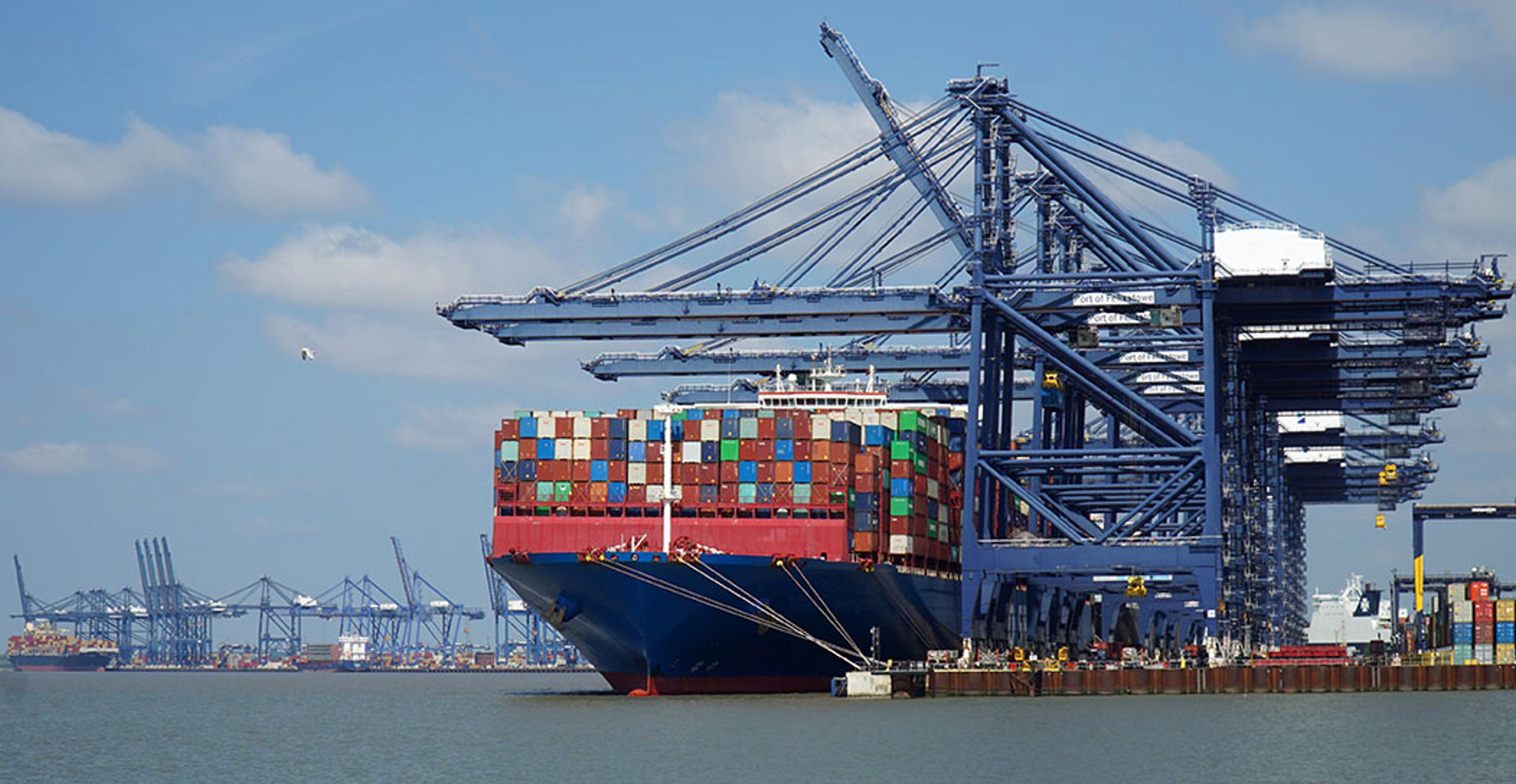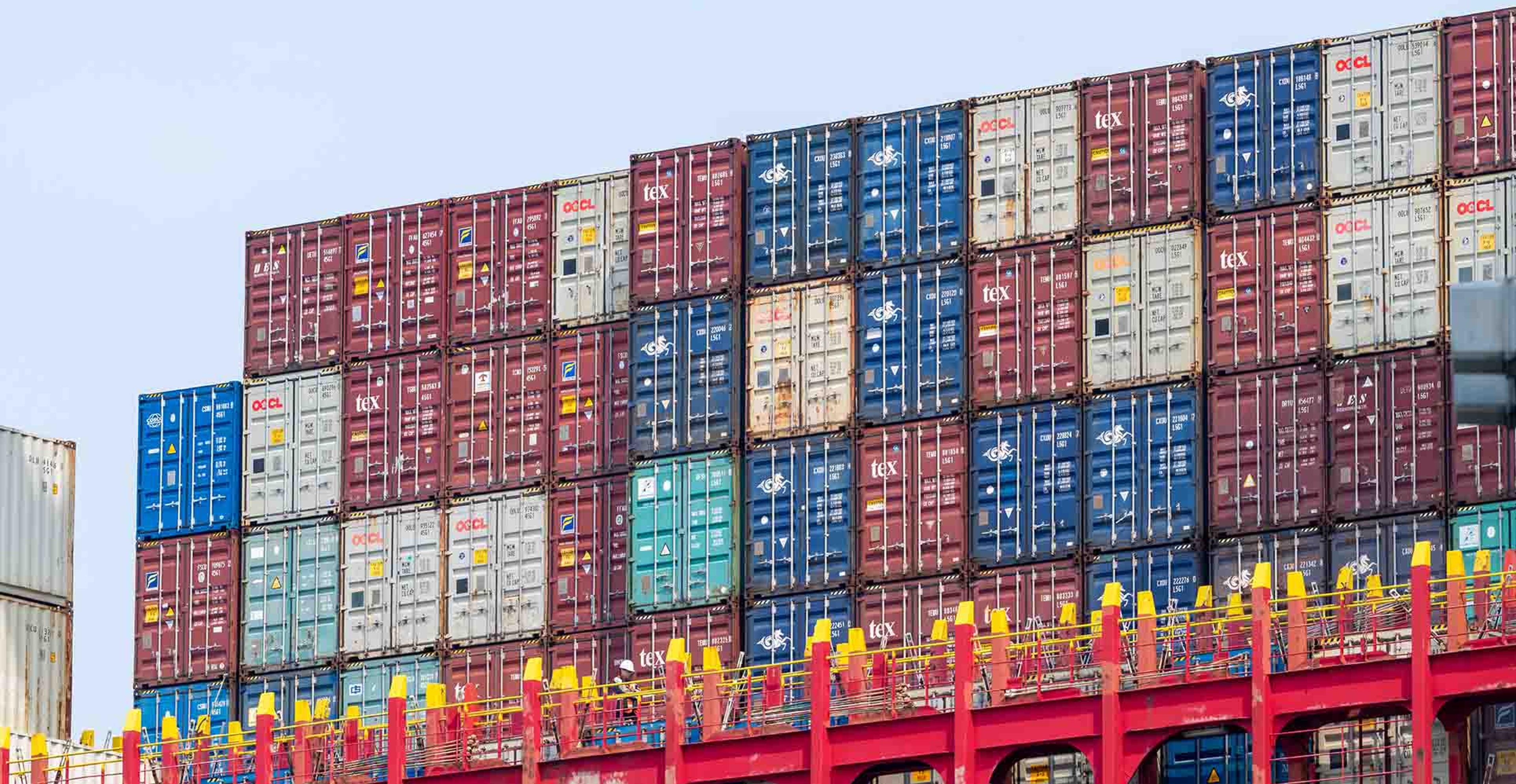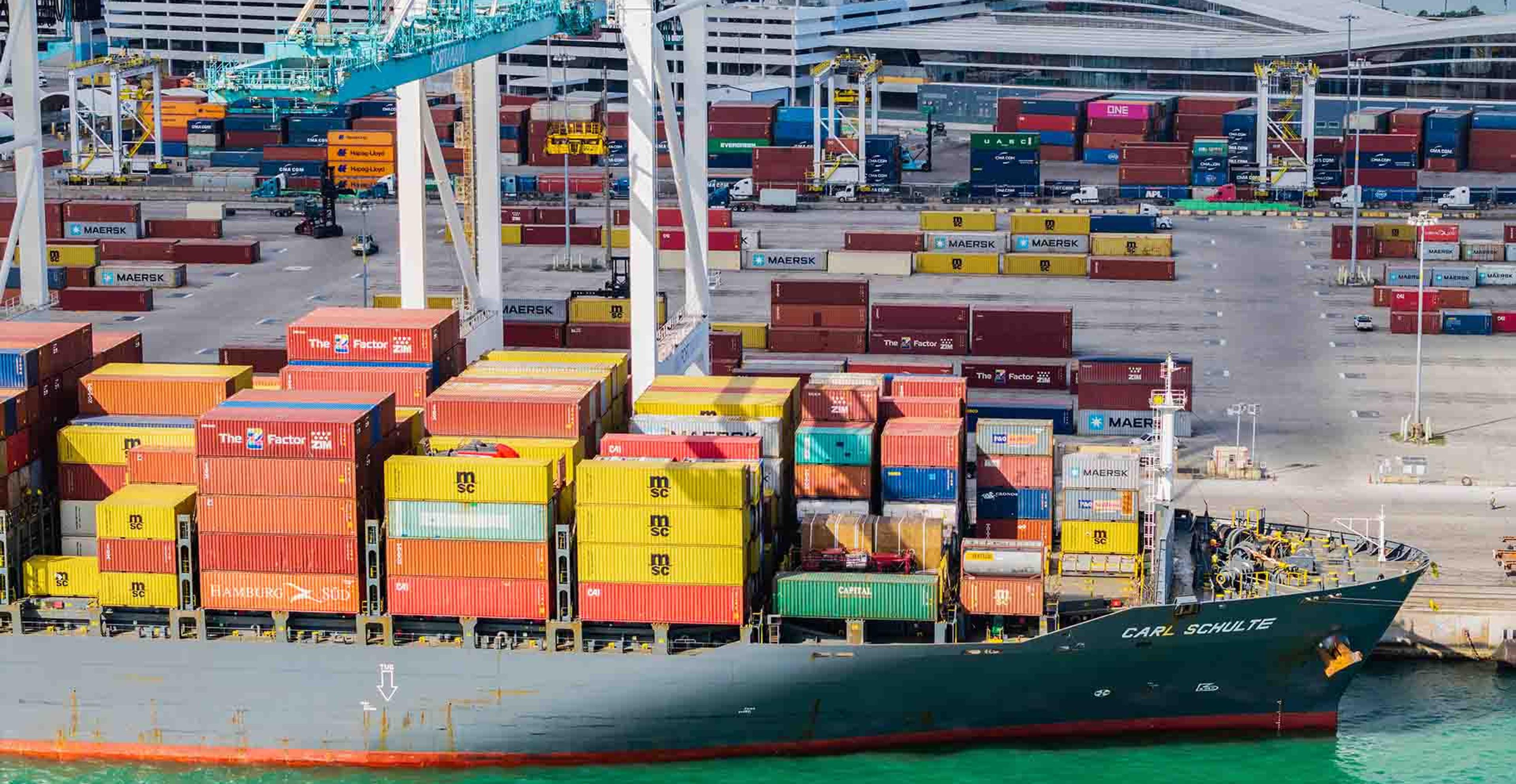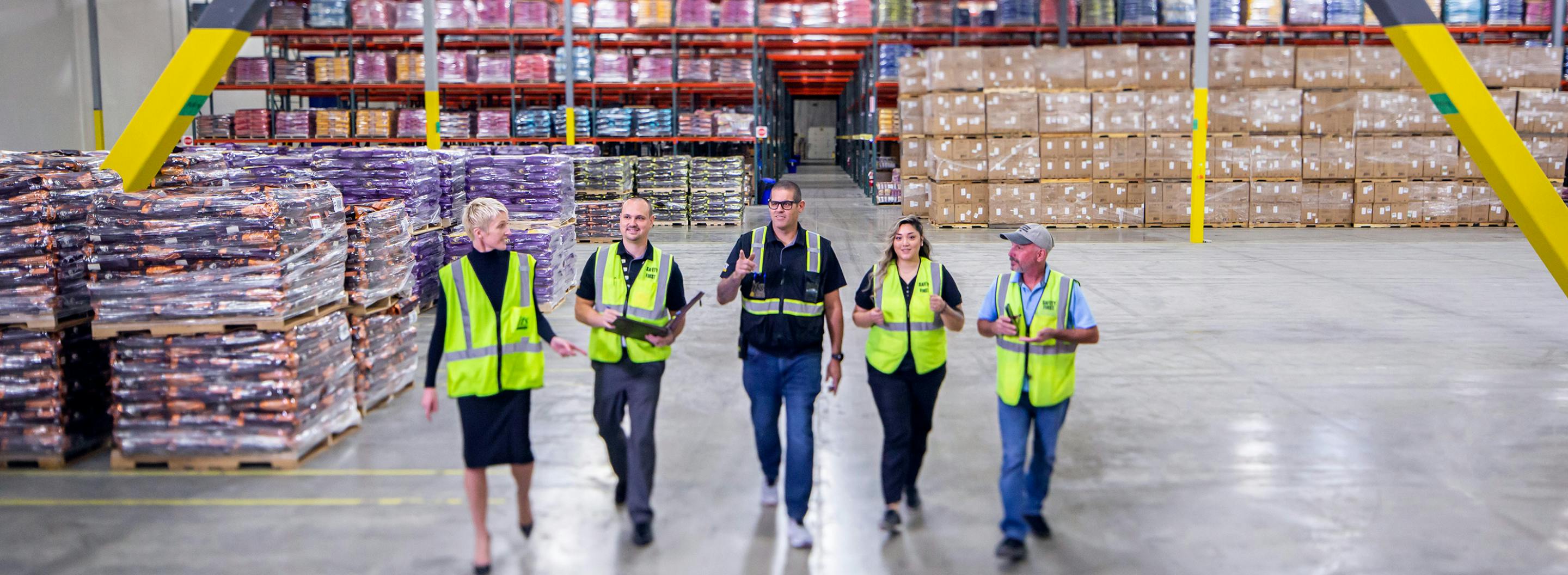IN THE NEWS: The Art and Science Behind Drop Trailer and Power Only with ITS Logistics | Loaded and Rolling

FreightWaves TV
June 3, 2025
Thomas Wasson
FROM THE INTERVIEW:
Host Thomas Wasson: "Without further ado, let's welcome Tom Larson, Sr. Vice President of Sales at ITS Logistics. Let's dive into the trailers. When did trailer pools become a big deal for your company?"
Tom Larson: "We've seen it take off in the past 10 years. Asset-lite providers like ITS are starting to get into the space and build up our network of trailers to help support customers as they've developed a need for it within their supply chain."
Thomas: "Tell us a little bit about what DropFleet is and what it does?"
Tom: "When we think about the business we execute today, over 40% of our volume involves some complex drop-trailer type of project. We designed DropFleet as our hybrid drop-trailer solution that combines over 3,700 ITS-owned trailers with on-demand power from our vetted carriers. This service delivers scalable, flexible capacity that is especially valuable for our customers in the automotive, retail, eComm, and manufacturing spaces as they require high on-time performance and can benefit from a universal trailer pool that can flex with their volume needs."
Thomas: "Tell us about what goes behind the nuts and bolts of a trailer pool? Is this something where you're looking for certain trends or characteristics of a customer or shipper that kind of make it more applicable for having a trailer pool versus your, you know, live load, live unload?"
Tom: "When we look at trailer pools for specific customers, it's more of a math and network optimization challenge. The ideal profile is a customer with consistent weekly volume, defined origin points, and a high trailer-turn ratio. The real success lies in understanding each customer's unique shipping cadence, dwell time, and facility operations. As we start to do the math, we factor in first lane overlap with ITS backhaul network capacity, trying to reduce our empty miles and repositioning costs. We also look at facility behavior. Does that shipper receiver have weekend access, staging limitations, or even specific SLAs around loading or unloading requirements?
Then you start to look at operational surges based on verticals that may require more dynamic trailer-pool sizing. And then you factor in trailer-dwell visibility. You want to try to avoid as many bottlenecks or misuse of your assets as you can. Doing that math ensures operational efficiency and network optimization of your own trailers to make those trailer pools sustainable at a large scale."
Thomas: "Is there technology now that makes it easier to determine how many trailers you need at each location?"
Tom: "Once a DropFleet program is live with a customer, we typically are operating at that two-to-one, three-to-one type of ratio per active lane, depending on cycle times and just facility constraints. Another big piece of that is just trailer visibility and planning, which we do through our proprietary TMS and asset management platform. It gives us and our customers that real-time insight into trailer locations, their usage, and any potential idle risks. Additionally, we're always conducting monthly and quarterly business reviews to ensure trailer pools are right-sized, and performance is benchmarked against our service targets. Customers can expect full transparency into how that DropFleet solution is performing, and we do that through technology, data, and proactive collaboration."
....
Thomas: "Tell us a little bit about how this all extends into freight fraud and let's get your thoughts in terms of tackling fraud."
Tom: "I think the industry is making progress, but you know, fraudsters and bad actors are evolving fast, too. The good news is that awareness is up, and it comes down to providers using the best vendors in the industry, like Highway, GenLogs, and others. It's also about having strong carrier relationships and a really strict carrier vetting process, not just for onboarding but also when it comes down to booking the loads, vetting the drivers, communicating with shippers, and ensuring that you have solid processes throughout the lifecycle of an entire load. As I think about our vetting process, it's incredibly stringent. If a carrier doesn't move a load for us within 30 days, they go back through the initial onboarding process. For us, it's about having these steps in place and the team on the floor being very educated, following the right protocols, and ensuring we're staying ahead of any potential issues."
Watch the full video here or listen to the conversation wherever you get your podcasts.



